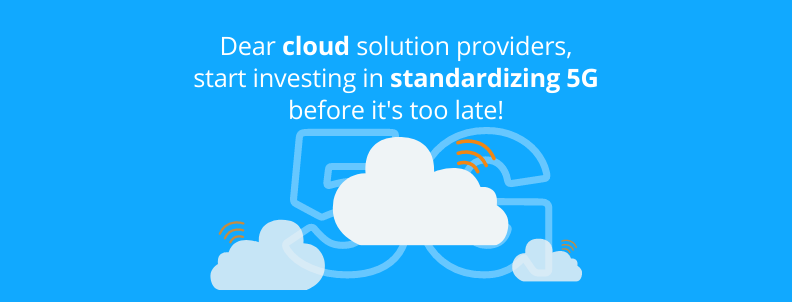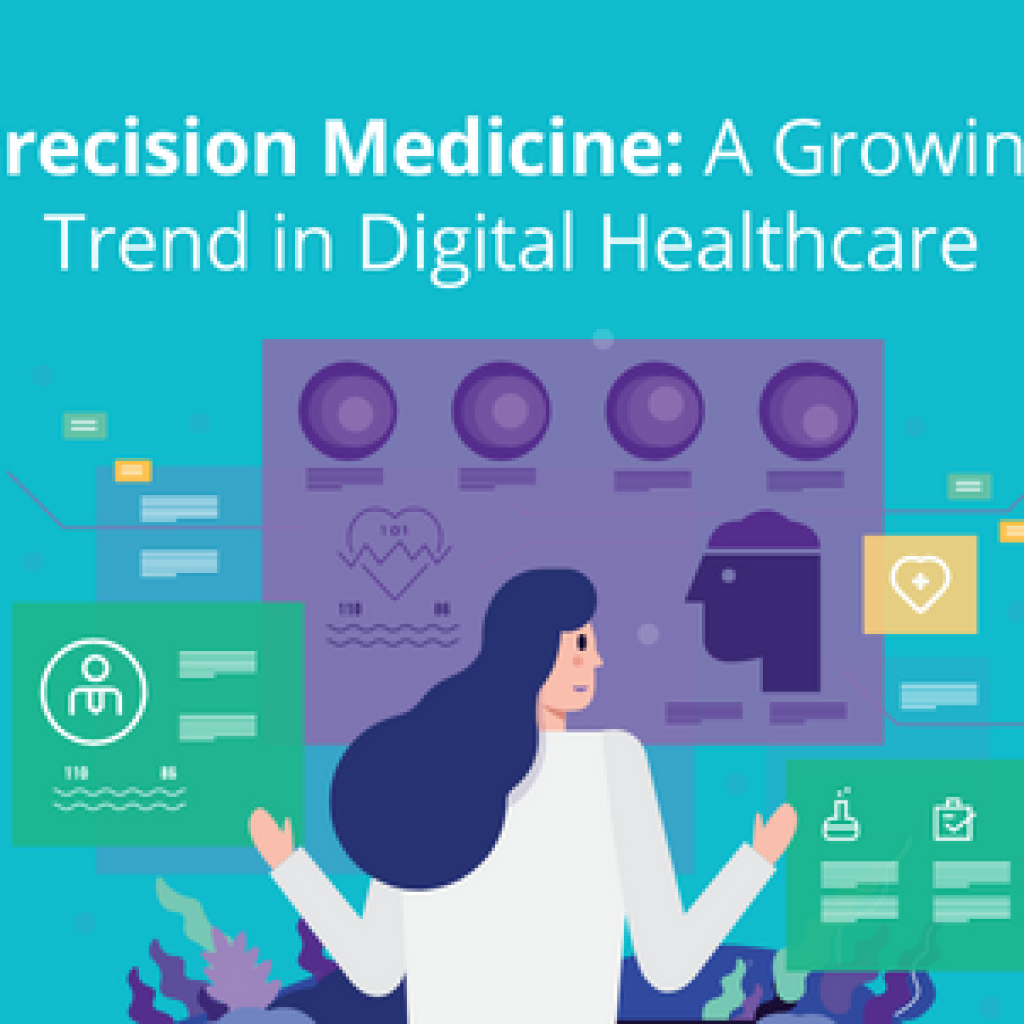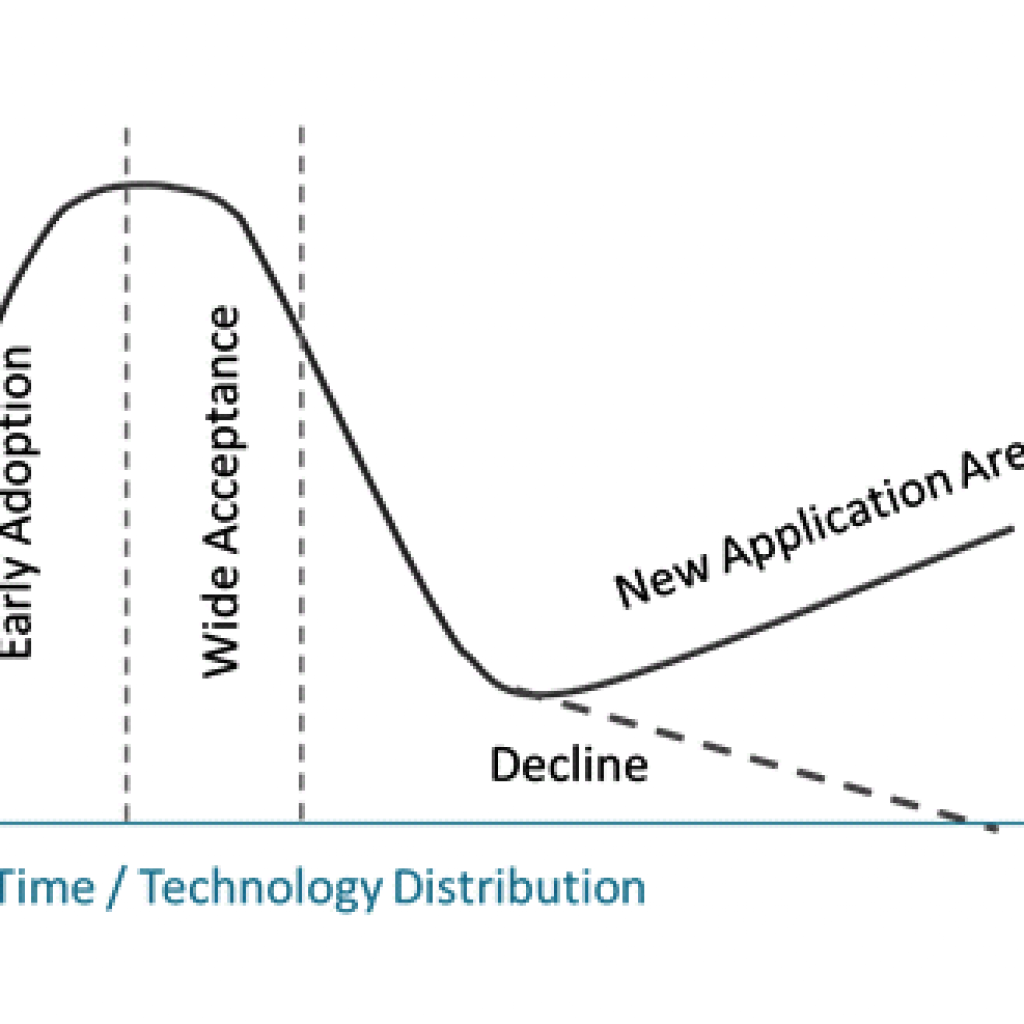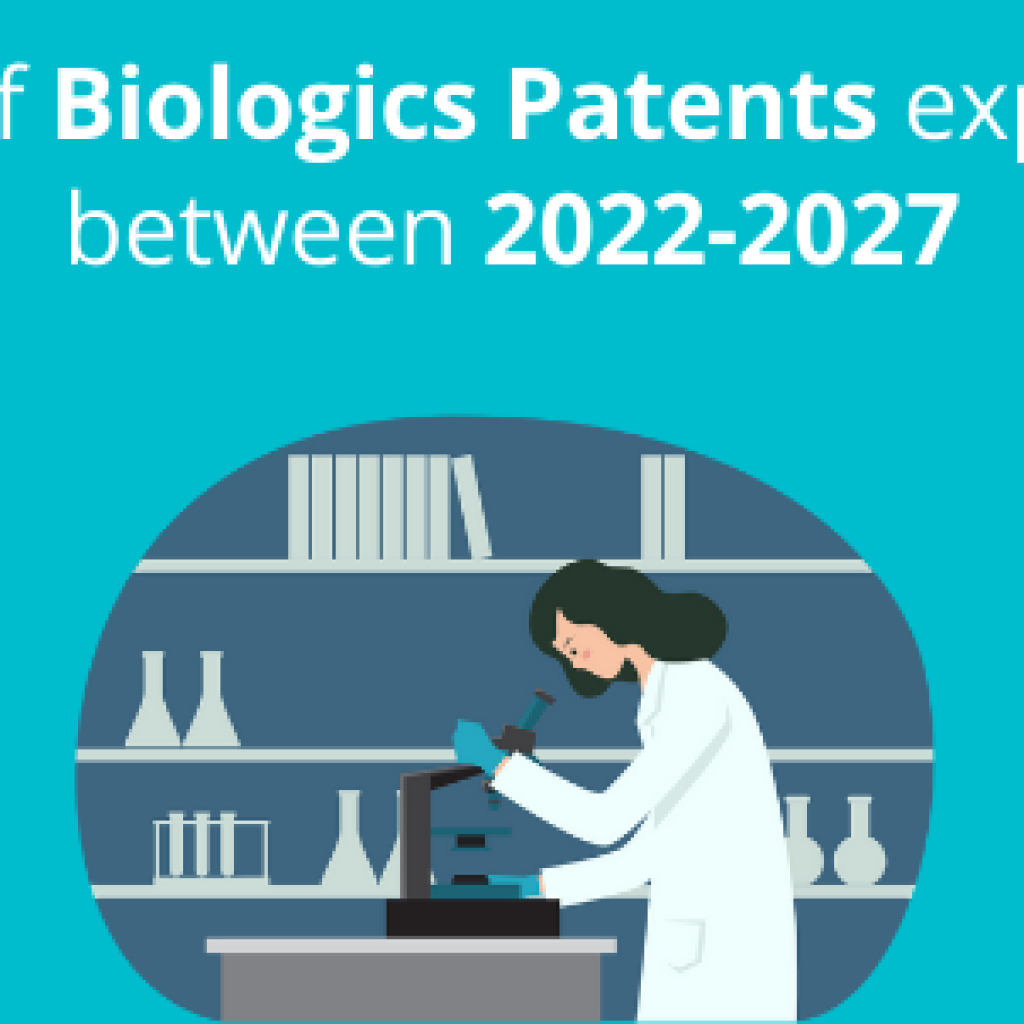Are you a cloud solutions provider who is currently trying to deploy 5G services at the edge? If yes, have you been participating in the 3GPP standardization process?
If you answered in negative to the second question, let me tell you, you run the risk of losing your technical edge and might end up paying a lot of licensing royalties to telecom companies despite having better solutions.
Why?
You see, Multi-access Edge computing is guided by principles that fall under the umbrella of edge computing in telecom. And 5G concentrates on virtualization and enacting both distributed and centralized cloud infrastructure for most of the applications. Thus, 5G will fuel the growth of edge computing and its use cases across different verticals.
It is thus established that 5G will enable the MEC use case. This means the IP landscape around MEC will be directly dependent on the dynamics of how licensing and litigation occur in the telecom industry.
If you are a core cloud solution provider (hyperscalers or HCP), it is important to understand the impact telecom companies will have when it comes to IP litigations and licensing in this domain.
This is what we will cover in the remaining part of this article. If you’re a core cloud solution provider, this article will help you understand the current state of the MEC landscape and how Telecom companies and CSPs are faring in the domain. We will also be covering strategies that can help you cover the existing gap and make your place in the competition.
Let’s get started. But first, let’s have a look at the current situation around MEC.
What is the Current situation around MEC?
The below chart reveals the application filing trend in the MEC domain in the last two decades. One can see that with the onset of 5G standardization, the patent filings in the MEC domain have witnessed a sharp rise.

Application filing trend in MEC domain.
A quick analysis revealed that a lot of these patents are being filed by telecom companies. Moreover, telecom companies are leading when it comes to contributing to the MEC standard.
Telecom companies like Huawei, Samsung, Intel, Nokia, Qualcomm, and Ericsson are leading the development with a good number of patent filings and also a good number of contributions in the MEC/NPN standards. Below listed are the number of MEC patents each of these companies has.
| Company Name | MEC patents declared |
| Huawei | 154 |
| Nokia | 63 |
| Samsung | 59 |
| Qualcomm | 20 |
| Ericsson | 21 |
| Intel | 50 |
The truth of the day is that this technology is majorly developed and patented by CSPs, Chipmakers, and Telecom companies which means their IP is going to become standard-essential as we look into the future.
What does the current MEC standardization landscape look like?
If you look at the current standardization landscape, you would find that the most significant contributions are made by CSPs in this domain.
The chart below lists some of the relevant areas of development in MEC currently. It can be observed that the top companies contributing to the standardization also have a significant number of patents in the domain. These areas of development overlap with the services and technology provided by hyperscalers, yet their absence in standardization seems alarming.

Further, it can be observed that companies like Xiaomi, Tencent who were not in the race a while ago have also started contributing to the 3GPP standards. Chipmakers like Intel and Qualcomm are very well developing and standardizing the use case such as XR and the management aspects of MEC.
What is the State of Hyperscalers?
Knowing this, the next question that arises is – What are the hyperscalers up to here? If you’re a hyperscaler yourself, the question could be what are the other hyperscalers upto?
When we looked up the data, we found that Hyperscalers are very actively involved in the MEC ecosystem, but are failing to play their part in standardization.
This will lead to a very complex licensing scenario where you – the HCP, might end up implementing standardized MEC technology, and not your own. Imagine paying up to license a technology that you can easily dominate in, but can’t due to missing out on participation in standardization.
As a hyperscaler, what can I do to improve the situation?
Focus on standardization.
If you’re aware of 3GPP releases already, you might know that 3GPP Release 17 is in full force and one of their key developments in this release is MEC. This release focuses on the standardization of MEC and its use cases such as Extended Reality.
Now, hyperscalers like AWS have excellent cloud solutions for implementing XR. While Google cloud has been actively working for deploying new vertical services and applications on the edge.
However, our analysis shows that companies like Qualcomm are the ones actively contributing towards standardizing XR in MEC. This means that once a particular use case is standardized by some company, you might end up paying licensing fees for implementing a standardized MEC use case in 5G.
This is something that can be easily avoided if HCPs also participate in the standardization process, be aware of current developments as well as contribute to the standard essential pool, strengthening their position in the IP landscape.
How can hyperscalers change the scene?
There are two possible ways to achieve it.
The first one being collaboration.
In fact, that is quite the strategy adopted by various players. Alliances between spectrum holders and Hyperscale Cloud Providers (HCPs) to deploy MEC were in the news recently.
Examples being Amazon’s collaboration with Verizon and Microsoft’s with AT&T. This reflects the possibilities that 5G has created for companies across different verticals to develop a fully-fledged ecosystem. It also justifies how through collaboration your company can be a part of the MEC innovation game.
There’s another strategy hyperscalers can use to transform this landscape
You see, the 3GPP Release 17 may freeze by next year, and thus, this is a great opportunity for the HCPs to be part of the standardization. This would not just strengthen their IP but also provide a safeguard from litigation.
How to approach this?
The primary approach would be to invest more in R&D and file fresh applications to cover all the corners of the technology. This is a long-term approach to cover things.
The next question that arises is – Do you have an arsenal for negotiation against the litigation that can knock on your door next year?
If not, one strategy would be to find gem patents in your own patent dump that can give you a good start. Sometimes, you miss out on the SEPs available in your own portfolio. Want to know how to find SEPs hidden in your portfolio? This article should help get you started – Indicators that can help find 5G SEPs in your patent portfolio.
An alternate strategy would be to team up with companies having good contributions in 5G Standards and enter into a licensing deal. However, even in this case, you might end up paying for something worthless. Hence, in case of licensing don’t go for a Package licensing deal until and unless the plan is on utilizing the complete technology for implementing 5G. Rather look for individual patent licensing per the need for patents relevant to these standards for MEC deployment. A SEP analysis can be beneficial in deploying both these strategies.
Another way to approach this can be patent acquisitions. Acquisition is one of the best solutions in this scenario. Consider it like shopping for the product of your choice that fulfills your criteria. Since filing patent applications is a lengthy procedure, it may comparatively be a less beneficial option for the time being, despite its value in the long run.
Any good hedge fund has a very diverse investment portfolio, and that’s how your patent strategy should be. A mix of the above approaches would safeguard your position in the domain and help strengthen your IP portfolio. For starters, we’d suggest buying patents would be a good place to start.
If you’re wondering where to buy patents from next, I’ve got that part covered as well.
Where can you buy MEC-related patents from?
A quick analysis at our end revealed a few companies and institutes which have good patents in the domain which are depicted in the graph below. Some of these entities may actively participate in the patent transactions and strengthen your IP.

If you are considering acquisition as a viable option, we can help you find the right patents to buy in the situation. Send us a message, and we can help you with the details:
Not sure if we are the right vendor for you? Read these before filling out the form below.
Concluding Notes
It is evident that HCPs are the backbone of the Edge computing industry. However, this makes them more vulnerable to the NPEs and companies owning SEPs. In the 5G era, the stagnant strategy of not getting involved in standardization may give hyperscalers a hard time.
These companies are possibly at an edge where the probability of getting litigated is very high. Hyperscalers, thus, should understand the need to contribute towards standardizing their technology. If not, an alternative strategy would be to strengthen their IP either via acquisitions, patent filing, or checking any available SEPs in their portfolio.
We can help you in each of these and other ways too to ramp up your game in 5G MEC deployment. Let’s get in touch and get talking:
Authored by: Sagar Choudhary and Sparsh Gupta, Infringement.










